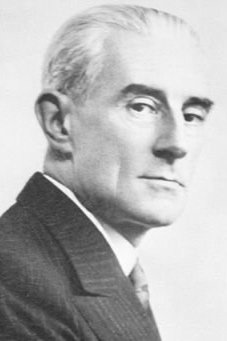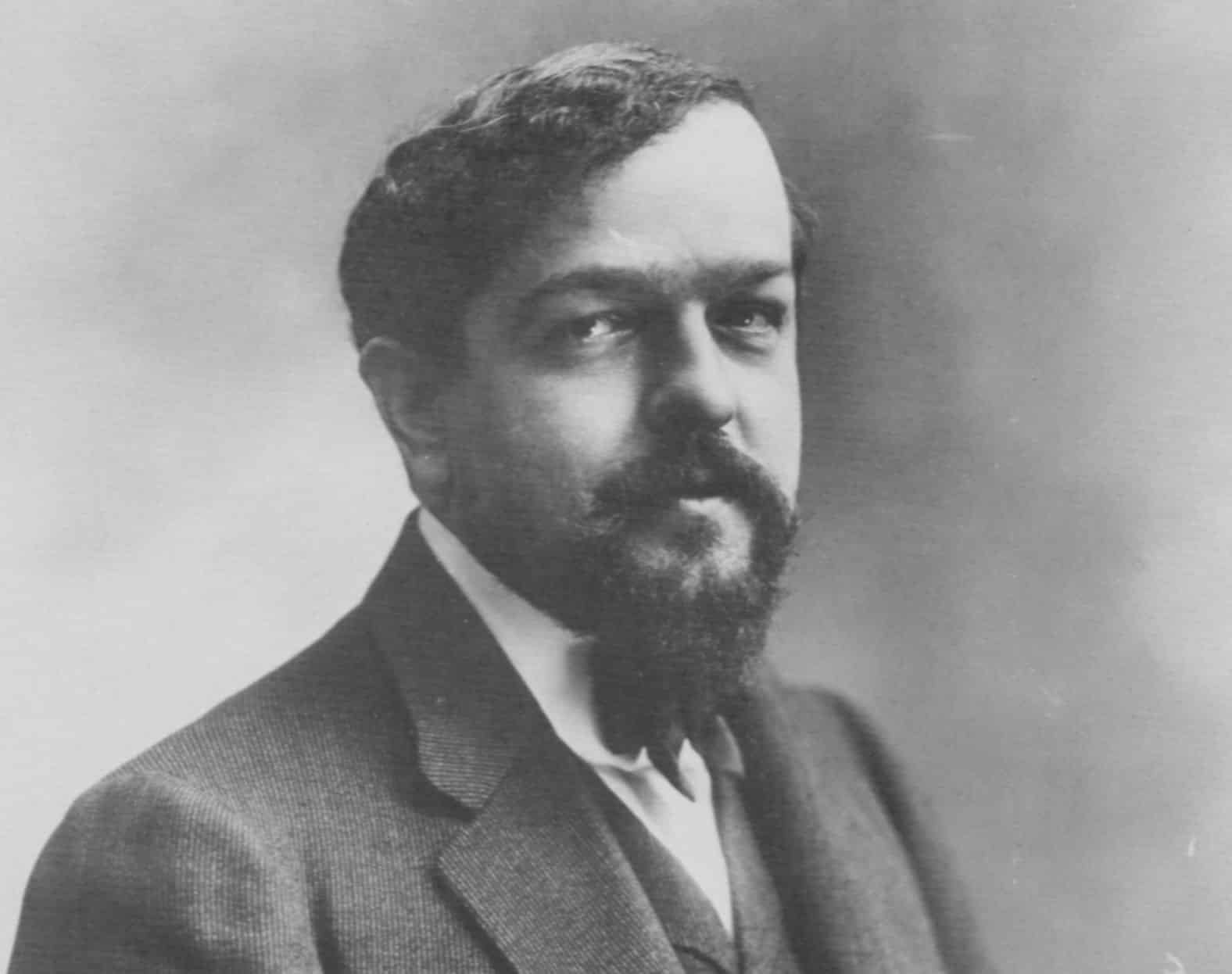Ravel’s String Quartet
On 9 March, we will perform Ravel’s singular String Quartet along with the Third String Quartet of Shostakovich. In preparation for that, we will examine both of these pieces in detail. But first, let’s learn a bit about Ravel himself.
Maurice Ravel is now known as one of the most important French composers of all time and one of the pre-eminent figures of 20th century classical music. Ravel along with his compatriot Claude Debussy are the quintessence of French music: beautiful, sensual, colourful, ethereal, subtle, and aesthetic.
Ravel was a leading figure in a new school of French composers that sought to exert independence from the imposing influence of German music, especially that of Richard Wagner. This new school was known as French Modernisnism. They drew on French traditions from the 17th and 18th centuries that preferred emotional restraint and subtlety rather than the effusive emotional outpouring of German music. They sought to express profound emotions in simple and direct means rather than dissonances and loud dynamics meant to overwhelm audiences. Their top priorities were taste, emotional reserve, and beauty for the sole purpose of pleasure. Whilst not completely abandoning the harmonic principles of tonal music that had been in use since the time of Johann Sebastian Bach, they also explored the use of modes that give their music a unique and fresh perspective. Over the next few weeks, we will explore these aspects of turn-of-the-century French music in Ravel’s String Quartet.
Early life
Ravel as a child
Joseph Maurice Ravel was born in Ciboure, France near the border of Spain. His father was an engineer and his mother was of Basque origin and raised in Spain. His Iberian background would have a huge influence on much of his music and even flavours the second movement of his quartet. The Ravel family moved to Paris when Maurice was only 3 months old, where he would remain for almost the rest of his life.
Ravel’s education
From a young age, Ravel showed a particular affinity for music. He was encouraged by his parents to pursue his education in piano, and so in 1889, he entered the prestigious Conservatoire de Paris. In 1891, he won first prize in the conservatory’s piano competition, but aside from this, he showed himself to be a fairly unremarkable student, at least to the administration of the Conservatory.
In 1893, 1894, and 1895, Ravel failed to win any prize in harmony and therefore was expelled from his harmony class. He also had failed to win prizes in his piano class, so he was kicked out of that too. During these years he made progress in his composition classes but his efforts were generally seen as unacceptable by the conservative administration of the Conservatory, so he was eventually expelled from the school completely.
In 1897, Ravel was readmitted to the conservatory as a student of composition under Gabriel Fauré, who took an immense liking to the young student. He submitted works (including his String Quartet) for the prestigious Prix de Rome no less than five times, never winning. He once even received a zero in the fugue competition by the conservatory’s director Théodore Dubois, who was quite hostile to Ravel because of the composer’s musical and political progressive attitude. Despite his lacklustre showing at the conservatory, Ravel had progressed as a composer and developed his own musical language and unique aesthetic during these years.
Ravel (to the left) in the piano class of Charles de Bériot, 1895. Conservatoire de Paris 14 rue de Madrid, 75008 Paris
Les Apaches
Whilst still at conservatory, Ravel joined a group of artists known as “Les Apaches”. Taken from salacious news headlines about Parisian street hooligans announcing “Attention! Les Apaches”, this group of artists branded themselves, jokingly, as artistic hooligans. They would meet weekly to discuss contemporary matters, art, poetry, and showcase the members’ new works.
The group was most notably ardent defenders of the avant-garde music of Claude Debussy, especially his divisive opera Pelléas et Mélisande. When prominent musical figures gave scathing musical reviews of the piece, Les Apaches attended every performance and loudly showed their support. Ravel greatly admired his senior and was often accused of plagiarising Debussy’s works. Though Ravel’s music is influenced greatly by Debussy’s, he created his own musical language, aesthetic, and attitudes that are distinct from that of the elder composer.
The Quartet
Claude Debussy in 1905
Debussy had finished his only string quartet in 1893. Ten years later when Ravel wrote his sole quartet (1903), comparisons among these two most famous French quartets were inevitable. To be sure, Ravel did model his quartet on Debussy's. They both start with a classical sonata form movement, a second movement scherzo that relies heavily on plucking strings (known as pizzicato), a lyrical slow movement, and a cyclical use of themes throughout all four movements. Much of the harmonic language is similar as well, although this was the vernacular of French music of the time.
The comparisons stop there however. Whilst Debussy’s work is free, rejects forms, and does not adhere to classical standards of balance and symmetry, Ravel’s work pays homage to classical forms whilst exploring the rich harmonic world typical of French modernism. Ravel’s quartet is clear and balanced in its forms and phrase structures. It also showcases the young composers talent for orchestration, as the range of colours he gets from four instruments known for their homogenous sound is impressive. Ravel, fascinated by his Iberian heritage, infuses the scherzo movement with exotic Basque flavours. The slow movement is a beautiful, lonely song that is underpinned by the simplest of accompaniments, a testament to the beauty of the composer’s restraint. The finale again adheres to classical sonata form, but it is surprisingly fresh and unpredictable.
Ravel in 1910
Even though Ravel’s Quartet does owe a great deal to Debussy’s own work in the genre, it is unmistakably Ravel’s unique voice. In our next blog post, we will begin examining the beautiful first movement of this extraordinary quartet. And if you’d like to see the CMC perform this work live on 9 March, book your tickets today.






